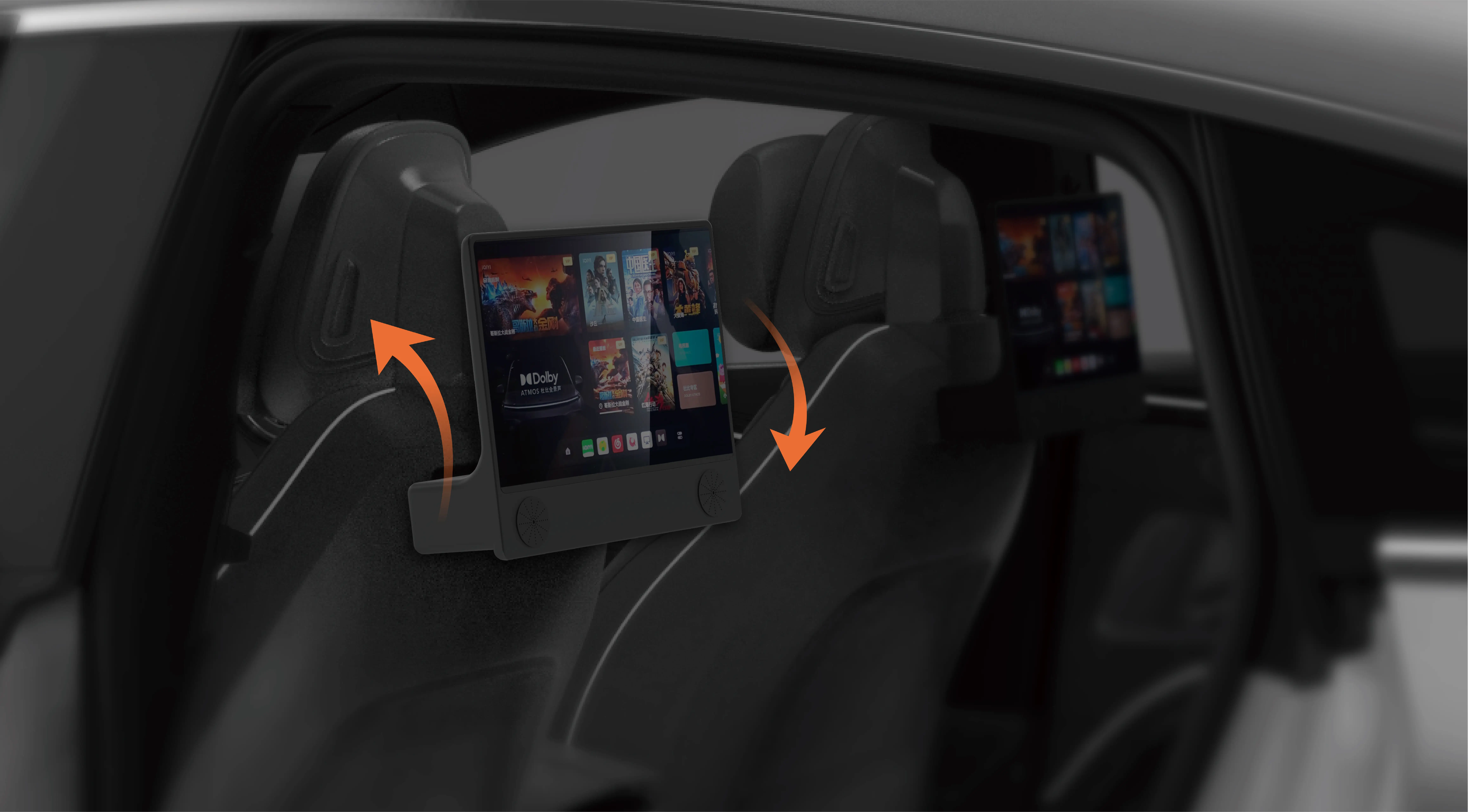Certainly! Below is the first part of a compelling, SEO-friendly soft article centered around the theme "Bonfiglioli Gear Motor 3D Model." I will deliver the second part afterward.

In the fast-paced realm of industrial automation and mechanical engineering, staying ahead of the curve means integrating cutting-edge tools that enhance precision, efficiency, and customization. Among these tools, 3D modeling has become a cornerstone, especially for components like gear motors—an essential element in countless machines, robots, and automated systems. At the forefront of this technological evolution stands Bonfiglioli, renowned for their high-quality gear motors, and increasingly, their detailed 3D models which serve as a vital resource for engineers worldwide.
The significance of 3D modeling in modern engineering 3D models revolutionize how engineers design, visualize, and test components before physical production begins. For gear motors, this means crafting accurate digital representations that showcase every nuance of the intricate gear arrangements, motor casing, and mounting interfaces. These models function as a bridge—the virtual prototype—allowing for simulation, analysis, and troubleshooting long before factory prototypes are built. This process reduces costs, accelerates product development, and enables innovative solutions tailored to specific industrial requirements.
Bonfiglioli’s pioneering role in gear motor innovation Founded over 70 years ago, Bonfiglioli has cemented its reputation as a leader in power transmission solutions, specializing in gearboxes, motors, and electronic controls. Their gear motors are celebrated for durability, efficiency, and seamless integration into automation systems. Thanks to its commitment to innovation, Bonfiglioli now offers detailed 3D models of their gear motors—an invaluable resource for engineers who seek precise, ready-to-integrate digital components.
These 3D models encapsulate several advantages:
Accurate Representation: They mirror the physical specifications, including dimensions, gear ratios, and mounting features, allowing engineers to understand the physical constraints and capabilities fully. Customizability: With modular CAD models, users can adapt Bonfiglioli gear motors to fit their unique project needs—whether tweaking gear ratios, mounting options, or motor sizes. Simulation & Testing: Engineers can perform stress analysis, thermal simulations, and kinematic studies directly on these models to predict performance and identify potential issues early in the design process. Streamlining Procurement & Maintenance: Having access to detailed models accelerates procurement decisions, facilitates virtual assembly troubleshooting, and aids in maintenance planning by understanding internal component arrangements.
From design to deployment: the process of utilizing Bonfiglioli gear motor 3D models The journey begins with access to detailed CAD files—often provided in formats such as STEP, IGES, or SolidWorks—allowing compatibility across various design platforms. Users import these models into their CAD environments, where they can analyze physical fit, operational clearances, and compatibility with surrounding components.
Once integrated into larger assemblies, these models enable comprehensive simulations. For instance, virtual testing can inform optimal gear ratios for specific loads or speeds, assess how vibrations might affect longevity, or evaluate how different mounting options influence overall system sturdiness.
Furthermore, the 3D models act as communication tools among multidisciplinary teams—designers, engineers, and manufacturers—ensuring everyone is aligned before manufacturing or assembly begins. This collaboration-friendly approach minimizes errors, shortens lead times, and fosters innovation.
Practical applications and industry impact Industries such as robotics, conveyor systems, packaging equipment, and automated guided vehicles benefit immensely from Bonfiglioli's meticulous 3D gear motor models. In robotics, for example, precise gear specifications are critical for movement accuracy and load handling—details that can be optimized during the virtual prototyping phase.
In manufacturing, virtual assembly of gear motors with other components streamlines troubleshooting and customization, allowing for tailored automation solutions that meet specific operational demands. Additionally, maintenance teams can utilize these models for virtual retraining, predictive servicing, and spare part planning.
The rise of digital twins and industry 4.0 The integration of Bonfiglioli's 3D models extends into the era of Industry 4.0. Digital twins—virtual replicas of physical assets—rely heavily on detailed 3D models for real-time monitoring, predictive maintenance, and system optimization. As companies embrace smart manufacturing, having access to high-fidelity gear motor models becomes invaluable, enabling predictive analytics, lifecycle assessments, and performance forecasting.
Conclusion of Part 1 The evolution of digital modeling, especially for components like Bonfiglioli gear motors, exemplifies how modern engineering is shifting toward seamless integration between virtual and physical realms. The availability of detailed, customizable 3D models empowers designers and engineers to innovate efficiently, reduce costs, and perfect their systems long before physical assembly.
Stay tuned for Part 2, where we will explore specific case studies, future trends in gear motor modeling, and how emerging technologies are poised to revolutionize the engineering landscape even further.
Leveraging innovations in modular drive technology, Kpower integrates high-performance motors, precision reducers, and multi-protocol control systems to provide efficient and customized smart drive system solutions.




































